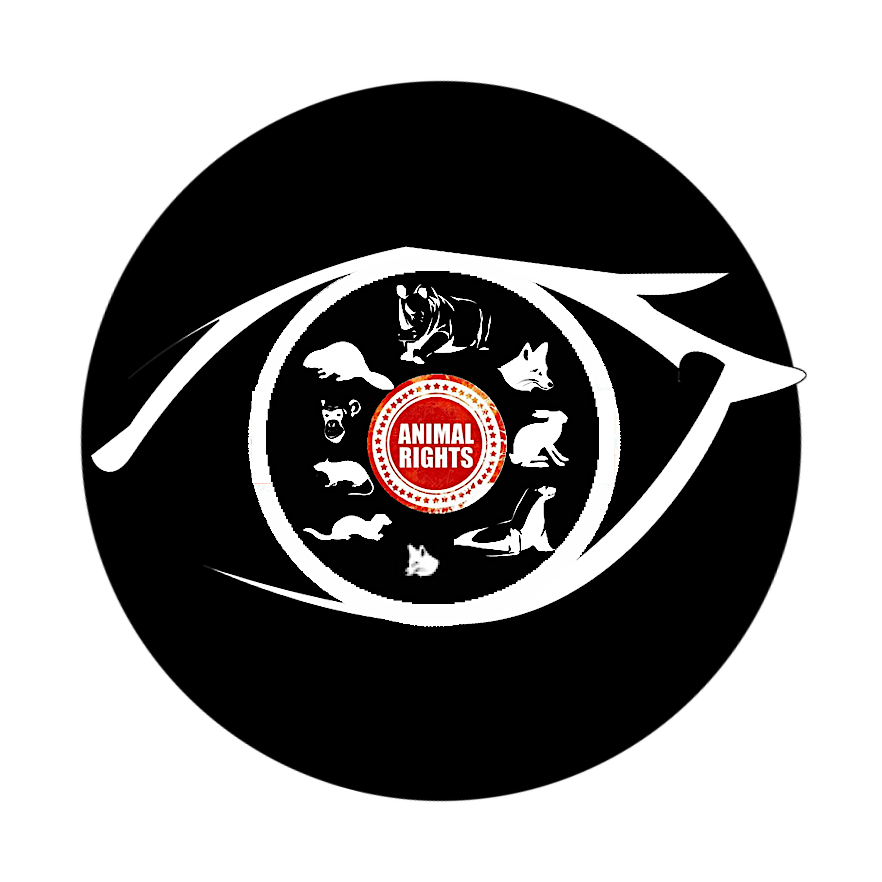Cows are intellectually curious and emotionally complex. They have rich emotional lives: They form lifelong friendships, grieve losses, protect vulnerable herd members, and show curiosity and playfulness. When a herd member dies, friends lick the body, moo loudly, and sometimes stand vigil where they were buried. The book ‘Voices of the Herd’ reframes cows as individuals with intrinsic worth, not commodities. The photographs and stories present them with dignity and emotional depth, encouraging people to see cows as beings deserving respect…
Cows are highly intelligent and deeply sentient and emotional beings with distinct individual personalities. Each and every individual has a unique personality, and it’s fair to say not a single cow enjoys being farmed for human meals.
In his new science-based and beautifully illustrated book, ‘Voices of the Herd: Portraits of Rescued Cows and Their Sanctuary Stories’, Mark Peters shares deeply moving and personal photographs and stories of rescued cows—the fortunate few spared from lives of unimaginable suffering. Through the heartfelt care of compassionate humans, these individuals find safety, love, and healing from their scars of torture and confinement…
Marc Bekoff: Why did you write Voices of the Herd?
Mark Peters: The first cow I ever met wrapped his body around me and gently licked my face. It felt like meeting an enthusiastic dog—only one who weighs more than a golf cart!
During that same sanctuary visit, I watched another cow bend over a relaxing herd mate and lick her back. Social grooming among cows, as with certain primates, strengthens friendships, eases tensions, and supports the herd’s social and emotional well-being.
Most people only see cows in commercials or from the roadside. Unless you stop and watch them, you might think they just graze, chew cud, and gain weight for slaughter. That perception misses so much. Over the past 11 years, I’ve come to know many cows as individuals with distinct personalities and social bonds. I wrote Voices of the Herd to reveal their emotions and illuminate the depth of their relationships…
MB: What are some misconceptions about cows, and how does your book address them?
MP: One of the biggest misconceptions is that cows exist solely for human use—that they’re just “livestock” because that’s how we exploit them. Many also assume cows produce milk spontaneously, the way flowers produce nectar. In reality, like all mammals, a cow only produces milk when she is expecting a calf.
Consider dogs used in biomedical laboratory research. Most people never see these dogs; they exist behind closed doors, treated as test subjects rather than thinking, feeling beings. If you only knew about dogs from research reports, you might assume they were little more than biological machines, bred to endure experiments. You would never see the affectionate, goofy, joyful personalities that many dogs exhibit.
Cows, too, have rich emotional lives: They form lifelong friendships, grieve losses, protect vulnerable herd members, and show curiosity and playfulness. Voices of the Herd reframes cows as individuals with intrinsic worth, not commodities. The photographs and stories present them with dignity and emotional depth, encouraging people to see cows as beings deserving respect. Cows are intellectually curious and emotionally complex… When a herd member dies, friends lick the body, moo loudly, and sometimes stand vigil where they were buried.
Voices of the Herd invites readers into the inner lives of these beings, showing them as complex, sentient individuals rather than livestock. The portraits offer glimpses into the lives of rescued cows living in farmed animal sanctuaries. Caregivers’ stories add emotional depth, and an essay by animal welfare scientist Dr. Helen Lambert helps readers interpret cow body language to recognize calmness, excitement, agitation, and other emotional states.
It also helps people connect and feel for cows and, by extension, all exploited animals. Awareness is often where change begins. When someone realizes cows feel emotions just like dogs or cats, it gets harder to look the other way. MARC BEKOFF
RELATED VIDEOS:

